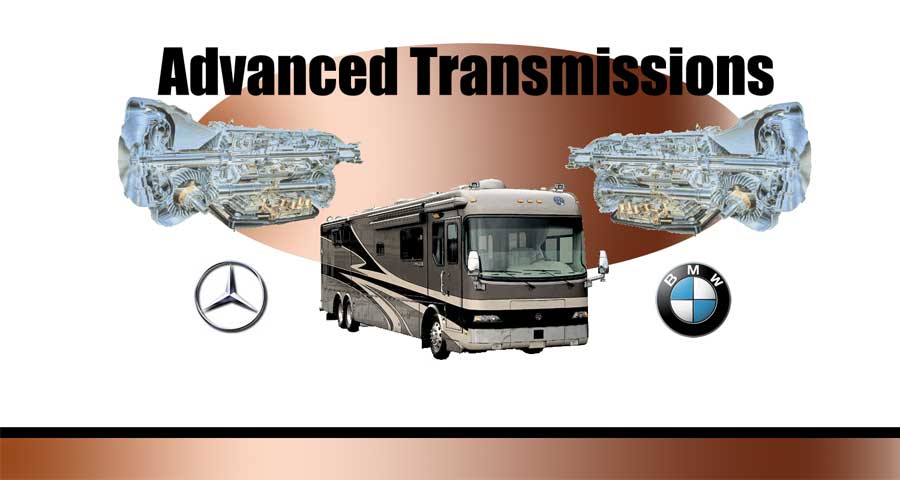
|
|
|
|
Manual TransmissionsHow manual transmissions workManual transmissions require the driver to shift from one gear to another. Timing in shifting depends on the grade of the road and the speed the vehicle is traveling. The term "stick shift" is most commonly used to describe vehicles that use a manual transmission. These transmissions were the first type used in vehicles, and they are still offered in automobiles today. They tend to be cheaper and easier to maintain, and many people insist they are more of a thrill to drive. The most important feature on a manual transmission is the clutch mechanism. The clutch must be engaged and disengaged to allow the transmission to shift into various gears. The operation of a manual transmission requires the driver to have the knowledge of when to engage and disengage the clutch and at what speeds the transmission needs to be shifted into the appropriate gear. Unlike automatic transmissions that automatically switch to the appropriate gear when triggered by the measure of pressure built up on transmission fluid, manual transmissions need to be shifted by the driver. In manual transmission vehicles, the engine will begin to whine when a shift in gears is needed. Standard shift vehicles also come included with a RPM (rounds per minute) gauge that can be read to know when a shift in gears is necessary. The purpose of shifting gears is to keep an engine under the "redline" so that it will not explode. Each gear on the transmission allows a specific RPM range; if a gear is not shifted and the RPM exceeds its allowed value for the gear it is in, the engine could malfunction or be severely damaged. How the Manual Transmission WorksA shaft connects the clutch mechanism to the lay shaft of the transmission. The clutch shaft turns at the same rounds per minute, as the engine Meshed gears connect the clutch shaft to the lay shaft, which cause the lay shaft to turn at the same rate as the engine. Because the lay shaft is connecting indirectly to the engine, it is receiving its power from the engine. The lay shaft connects to a differential shaft that connects to the wheels of the car, and it spins at the same RPM as the car's wheels. A collar connects the differential shaft to the gear selector. The collar spins with the differential shaft, but it is equipped to still turn when the vehicle is coasting. "Dog teeth" on the collar allow it to move left or right on the differential shaft and to fit into holes to engage the gears needed. How Manual Transmissions Work Videofrom www.youtube.com
How to Drive a Manual Transmissionfrom www.youtube.com
|
Send mail to brendakorte@yahoo.com
with questions or comments about this web site.
|